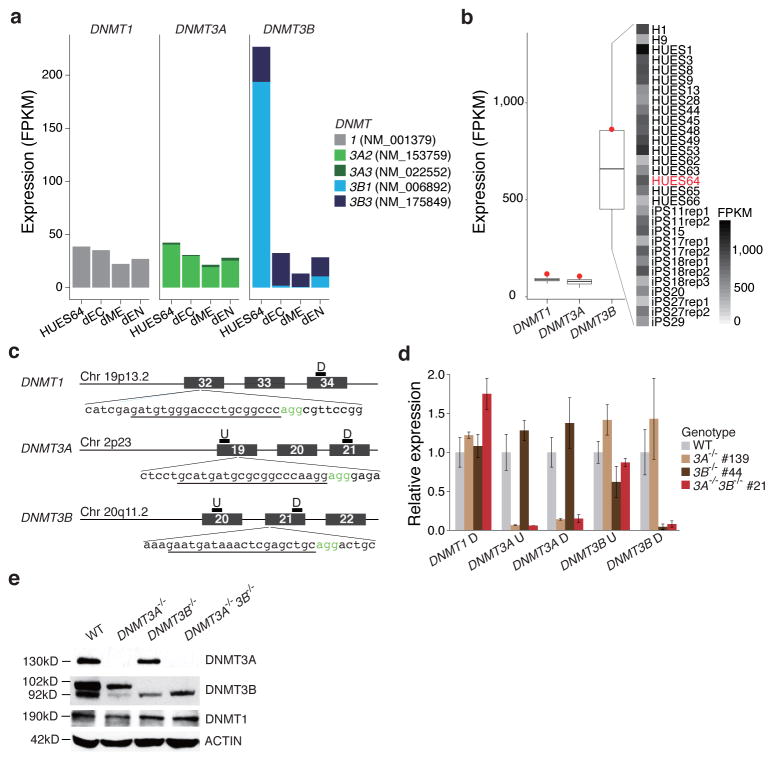Figure 1. Targeted deletion of DNMT1, 3A and 3B in human ESCs.
(a) Expression levels of DNMT1, 3A and 3B in undifferentiated HUES64 ESCs and their derivatives, ectoderm (dEC), mesoderm (dME) and endoderm (dEN) in FPKM (Fragments Per Kilobase per Million fragments mapped) are shown. Only expression of the major isoforms is shown (see Supplementary Fig. 1a for all). (b) Left: Expression of DNMT1, 3A, 3B for 25 pluripotent (ESC and iPSC) lines (line: median, box: IQR, whiskers: furthest point within 1.5xIQR, red dot: HUES64). Right: Cell lines and DNMT3B expression. There is substantial variation of DNMT3B expression even among biological replicates (“rep”).(c) Overview schematic of the Cas9/gRNA-target sites. Genomic coordinates are shown on the right. The gRNA-targeting sequence is underlined, and the Protospacer-Adjacent Motif (PAM) sequence is labeled in green. Position of qPCR primers for RNA expression validation is shown on the top of the exons. P: primer pair; U: upstream; D: downstream.(d) RT-qPCR analysis for DNMT1, 3A and 3B in HUES64, DNMT3A−/− (#139), DNMT3B−/− (#44) and DNMT3A−/−3B−/− (#21). Primer details are in Fig. 1c. Error bars were generated from biological triplicates and represent one standard error.
(e) Western blot analysis for DNMT3A, 3B and DNMT1 in HUES64, DNMT3A−/− (#139), DNMT3B−/− (#44) and DNMT3A−/−3B−/− (#21). Arrow indicates the major DNMT3B isoform (NM_006892). The smaller band in the DNMT3B western blotting result is likely isoform 3 (NM_175849) as reported in Ref. 55, which was not targeted by our knockout strategy.

